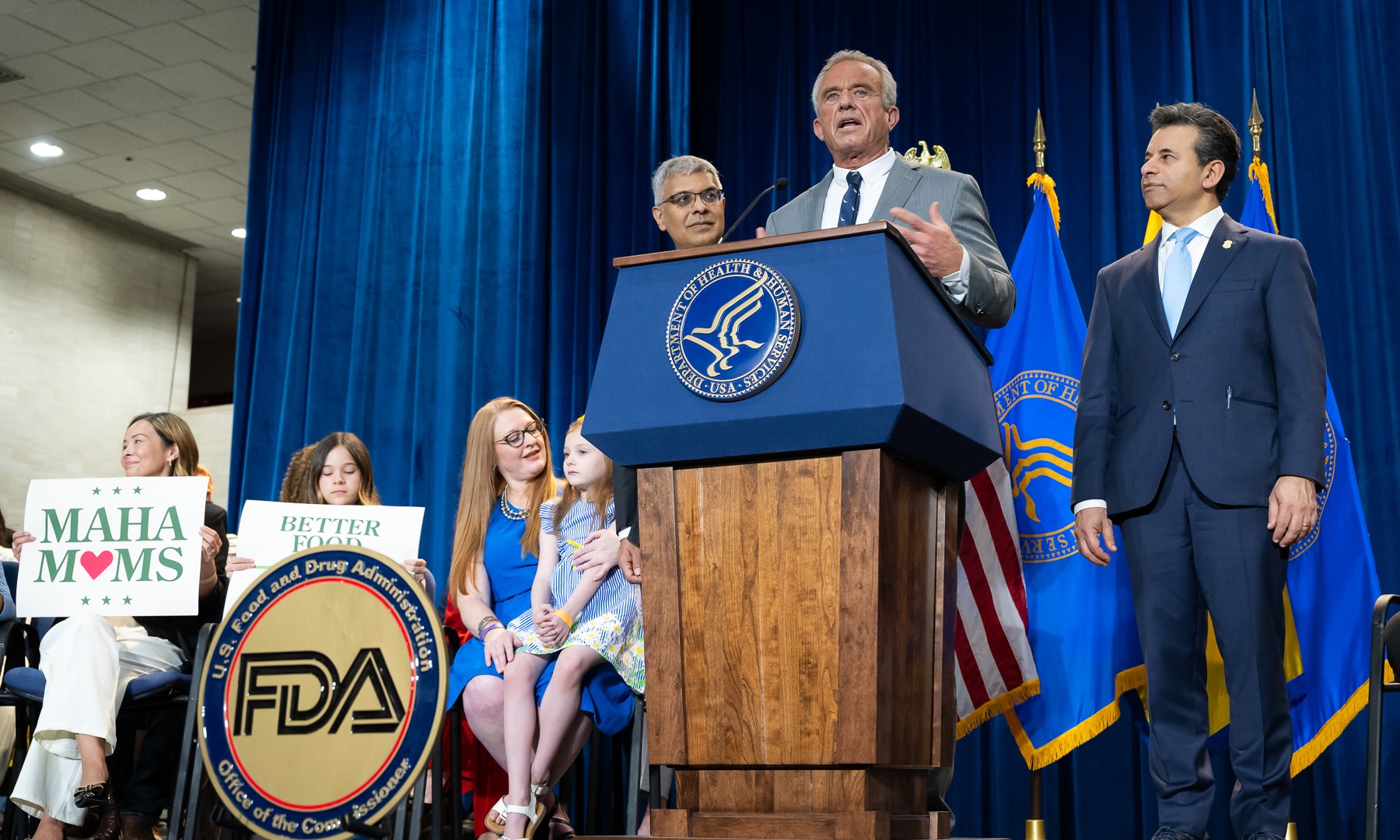A simple question about peanut allergies led Dr. Gideon Lack to a discovery that would change the way the world understands food allergies. What began as curiosity turned into decades of research that reshaped medical advice for millions of parents.
The question that started a revolution
When Dr. Gideon Lack addressed a gathering of allergists and pediatricians some years ago, he posed a seemingly simple query: how many had managed a child suffering from a peanut allergy? In the majority of nations, almost every hand would have been raised. Peanut allergies had emerged as one of the most prevalent—and alarming—pediatric ailments, impacting approximately two percent of children in the United States and exhibiting comparable figures in the United Kingdom.
But when Lack posed the same question at a conference in Tel Aviv, only a handful of doctors raised their hands. Out of around two hundred professionals, barely three had treated such a case. The discrepancy baffled him. Jewish children in London, who shared similar genetic backgrounds with those in Israel, showed much higher rates of peanut allergy. What, then, explained this dramatic difference?
That puzzling moment set Lack on a journey that would span more than fifteen years and ultimately overturn one of medicine’s most deeply held beliefs about allergy prevention.
Unveiling an unforeseen trend
The answer, as Lack later found, was hiding in plain sight. While spending time in Israel, he noticed something unique about local eating habits. Parents routinely fed their babies “Bamba,” a popular peanut-flavored puff snack, as early as four to six months of age. The product contained significant amounts of peanut protein, and Israeli children consumed it regularly and enthusiastically.
In contrast, parents in the United Kingdom were being told the exact opposite: to avoid exposing their infants to peanuts or other potential allergens until they were several years old. The logic behind this advice seemed sound at the time—if a food could trigger allergies, perhaps delaying exposure would prevent sensitization. But the strikingly low rate of peanut allergies among Israeli children suggested that this long-standing approach might be completely wrong.
Curious, Lack and his team compared the diets of around 10,000 children—half in Israel and half in London—who shared similar ancestry. The results were undeniable: peanut allergies were almost ten times more common among the British group. The only clear difference was when peanuts were introduced into the diet. Israeli babies were consuming the equivalent of ten peanuts a week by their first birthday, while British babies had virtually none.
Although the discovery was intriguing, it remained an observation. To transform a correlation into definitive proof, Lack required stringent scientific validation.
Questioning long-standing medical recommendations
At that juncture, the concept of intentionally introducing peanuts to babies appeared nearly irresponsible. Numerous medical professionals and guardians feared that such a method would trigger allergic responses instead of averting them. Funding bodies were reluctant, and significant ethical issues were prevalent. Despite this, Lack persevered.
In 2008, backed by the U.S. National Institutes of Health, his group initiated a substantial, meticulously managed investigation known as the LEAP trial (Learning Early About Peanut Allergy). This study concentrated on babies who faced an elevated risk of developing allergies due to severe eczema or pre-existing egg allergies. The infants were randomly assigned to one of two cohorts: one group was to completely abstain from peanuts, while the other was prompted to consume small quantities of peanut-derived foods consistently, starting as early as four months old.
Recruiting the 640 participants took two years, and the study followed them for five. The results, when they arrived, were astonishing. Among the children who avoided peanuts, nearly 14% developed peanut allergies by the age of five. In the group that consumed peanuts early, the number dropped to less than 2%. Even among children who had shown early signs of sensitivity, regular peanut consumption cut the risk of developing a full-blown allergy by more than two-thirds.
The data revealed an over 80% reduction in peanut allergy rates among those introduced to peanuts early—a breakthrough that fundamentally challenged existing medical guidance.
From discovery to transformation
When the LEAP study’s findings were published in 2015 in The New England Journal of Medicine, they marked a turning point in allergy research and pediatric nutrition. For years, official guidelines had recommended delaying exposure to allergenic foods. Now, the evidence was clear: early introduction, not avoidance, was the key to building tolerance.
The ramifications were immense. The American Academy of Pediatrics, which had previously recommended that parents delay peanut introduction until three years of age, altered its position. Revised recommendations released in 2017 advocated for the introduction of peanut-containing items as early as four to six months for the majority of infants.
The ramifications of this alteration were immediate and quantifiable. A 2024 investigation featured in Pediatrics revealed that the prevalence of peanut allergies in American children under three years old had decreased by over 40% since the implementation of the updated recommendations. This signifies that tens of thousands of young individuals are now spared from what was previously a chronic and potentially fatal allergic condition.
The ongoing evolution of medical understanding
For Dr. Lack, the experience was both humbling and affirming. He admitted that, like many other doctors, he had once followed the avoidance strategy with his own children. Yet he also emphasized that the winding, self-correcting nature of science is what ultimately drives progress.
“The trajectory of medicine unfolds in a series of twists and turns,” he articulated. “Our recommendations are formulated upon the most current understanding available, and as new evidence emerges, our approach must similarly evolve.”
That guiding principle still informs his investigations. Currently, Lack is a co-leader of a novel initiative called the SEAL study, which again questions established beliefs. This particular endeavor examines the link between eczema and dietary sensitivities.
For years, doctors believed that food allergies triggered eczema. Now, evidence suggests the relationship works in reverse: babies who develop eczema early may be more likely to later develop food allergies. The SEAL study aims to test whether aggressively treating eczema in the first weeks of life—using moisturizers and mild topical treatments—could prevent allergies from developing in the first place.
The science behind early exposure
The core idea behind this novel investigation is termed the “dual-exposure hypothesis.” This theory suggests that the manner in which the immune system encounters food proteins dictates whether it identifies them as harmless or threatening. When an infant consumes food, exposure via the digestive tract instructs the immune system to accept it. However, exposure through compromised or inflamed skin, a common occurrence with eczema, could yield the opposite outcome, fostering sensitization and allergic responses.
Dr. David Hill, a pediatric allergist at the Children’s Hospital of Philadelphia and a fellow researcher in this field, characterized the immune system as a guardian. He stated, “When infants consume foods early, their immune system recognizes these proteins as benign.” He further added, “However, if those identical proteins enter the body via compromised skin, the immune system might misinterpret them as dangers.”
Lack frequently illustrates the concept using a metaphor: “Should I politely tap on your front door and request entry, you’d likely extend a courteous welcome. However, if I were to smash through a window, your reaction would undoubtedly differ.”
If the SEAL study confirms this theory, it could transform not only allergy prevention but also pediatric dermatology and nutrition practices worldwide.
Rethinking our approach to allergic reactions
The progression from that initial presentation in Tel Aviv to the contemporary comprehension of preventing food allergies illustrates how scientific breakthroughs can overturn established beliefs. What started as a localized point of interest evolved into one of the most impactful transformations in pediatric healthcare in recent times.
Dr. Lack’s work has already changed the lives of countless families. Where once parents were told to avoid peanuts out of fear, they are now encouraged to introduce them early and safely—often under pediatric supervision. The research has also inspired further studies on other allergenic foods, from eggs to tree nuts, suggesting that early introduction could help reduce the global burden of allergies more broadly.
For Lack and his colleagues, the goal has never been merely to publish findings but to create real-world change. As he often reminds his audiences, science advances not by being perfect but by being willing to admit when it’s wrong. The key, he believes, is staying open to evidence, even when it contradicts everything we thought we knew.
From the joyful sounds of Israeli infants enjoying Bamba to the subsequent laboratory investigations, the narrative of preventing peanut allergies exemplifies perseverance, modesty, and the impact of challenging preconceived notions. It serves as a reminder that in scientific endeavors, much like in life, advancement seldom follows a direct path—yet each new finding propels us nearer to comprehension, recovery, and prophylaxis.






